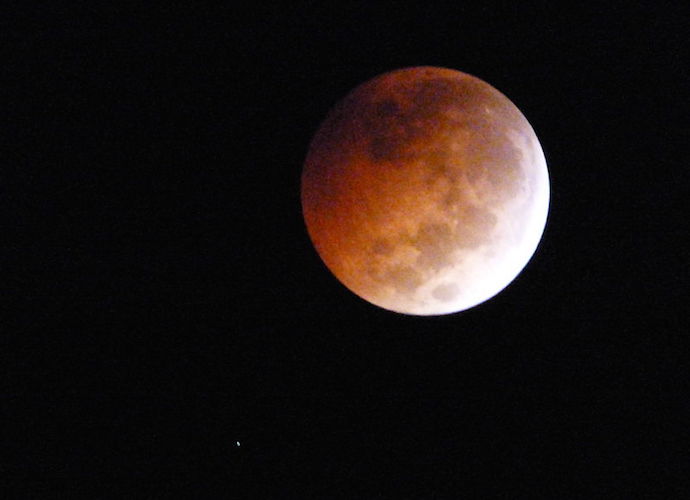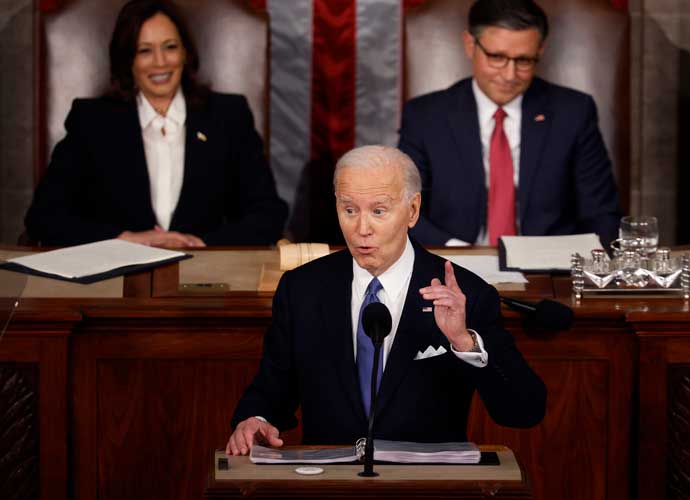What Is The Winter Solstice? When Is It?
Monday, December 21 will be the shortest day of the year and officially begin winter in the Northern Hemisphere.
The days have been seeing less and less sunlight each day since the summer solstice in June but that will no longer be the case. The days will now begin to get lighter and reverse the process until we hit the summer solstice again. It is the opposite case in the Southern Hemisphere, places like Brazil, Australia and South Africa will be experiencing the start to their summer on December 21.
Places in the Northern Hemisphere will experience different amounts of daylight. Those living in Singapore, only 85 miles north of the equator, will barely notice the nine less minutes of sunlight. While those living in St. Petersburg, Russia will only experience six hours of sunlight, the sun rising at 10 a.m. and setting at 3:53 p.m. Residents of Alaska will have different experiences all throughout the state. The town of Nome, Alaska will only see almost four hours of weak sunlight while Prudhoe Bay, located inside the Arctic Circle, will be in total darkness the entire day.
The winter solstice occurs every year due to Earth’s rotational tilt. As we move around the sun, this is how the seasons where created. The spring and fall equinoxes occur when the sun’s rays are directly over the equator, resulting in everyone having two equal length days and nights in March and September.
Many cultures and religions celebrate winter holidays during the month of the winter solstice – Christmas, Hanukkah, Kwanza, New Year’s Eve and other pagan festivals.
Many ancient civilizations depended on and celebrated seasonal changes. Many of these ancient celebrations and symbols are still celebrated today or live on it other traditions.
Newgrange, an monument built in 3200 BC in Ireland has ties to the oldest known festival of human kind. “Alban Arthan,” Welsh for “Light of Winter,” celebrated Druidic traditions of rebirth. Romans celebrated Saturnalia in the third and fourth centuries AD to honor Saturn, the Roman god of agriculture. The carnival like festival began on December 17 and lasted for seven days. When Rome fell to the Christian influence, some of the festivals customs melded into some Christmas and New Year celebrations. In ancient China, the Dongzhi Winter Solstice Festival, translating to “extreme of winter” celebrated the return of yang, an ideology of light and warmth to yin, darkness and cold.
Many winter solstice festivals were canceled this year due to the pandemic. Every year, England’s Stongehenge attracted visitors from all around the world for a sunrise ceremony at the ancient stone circle but instead the English Heritage Society set up a livestream of the event. In Canada, Vancouver’s Winter Solstice Lantern Festival was moved online to Zoom.
2020 will see a rare astrological event happen on December 21. The great conjunction, or Christmas star as some are calling it, Jupiter and Saturn will appear for the first time in centuries to be so closely aligned in our sky that wit will look like a double planet in our night sky.
RELATED ARTICLES
Get the most-revealing celebrity conversations with the uInterview podcast!








Leave a comment